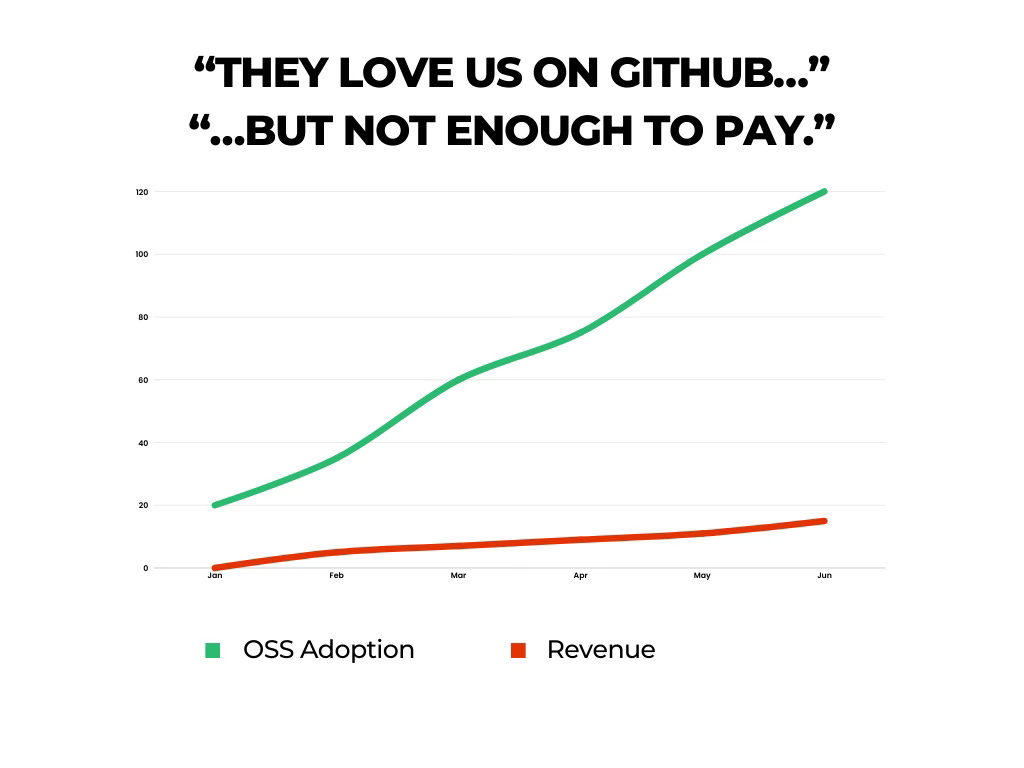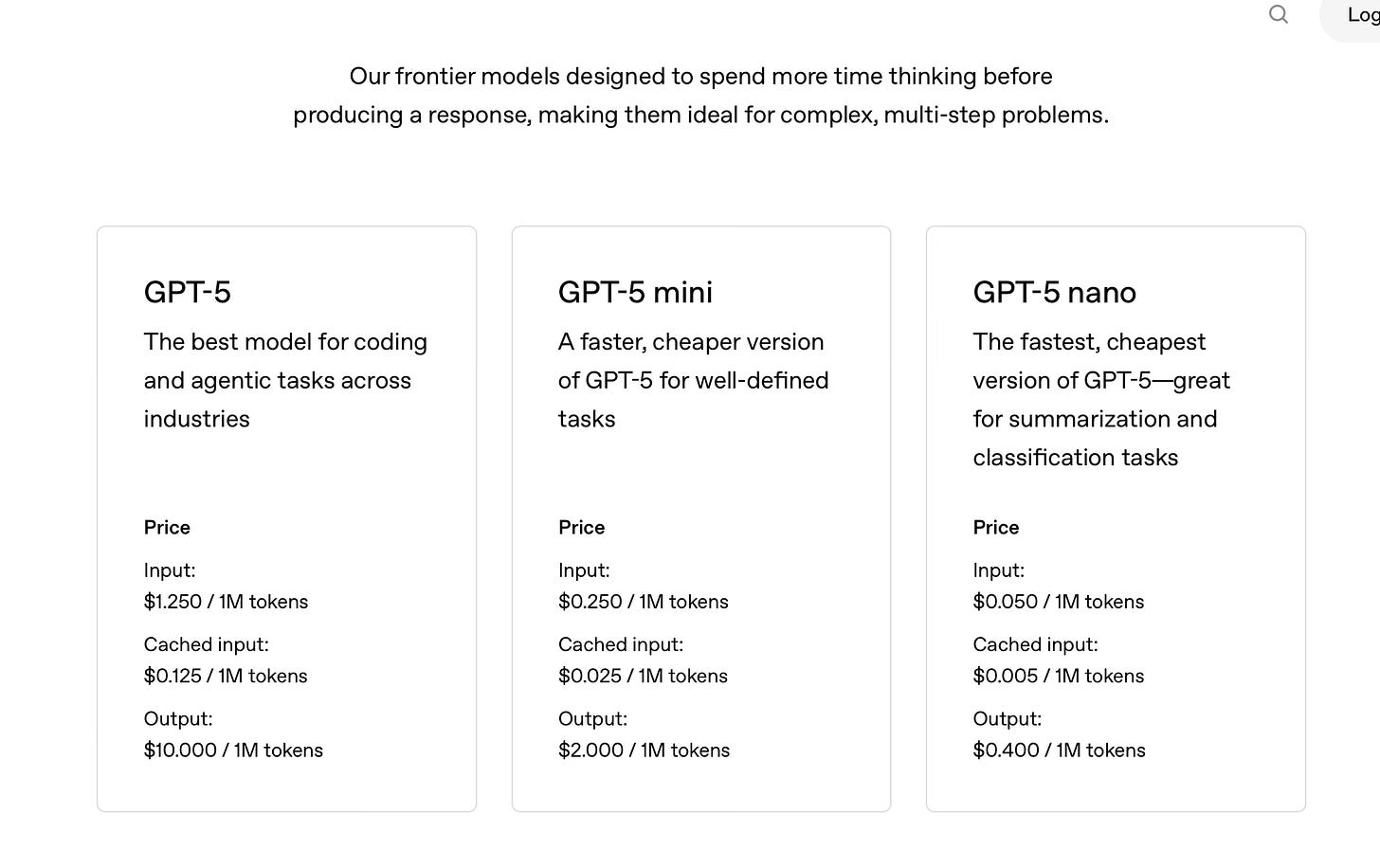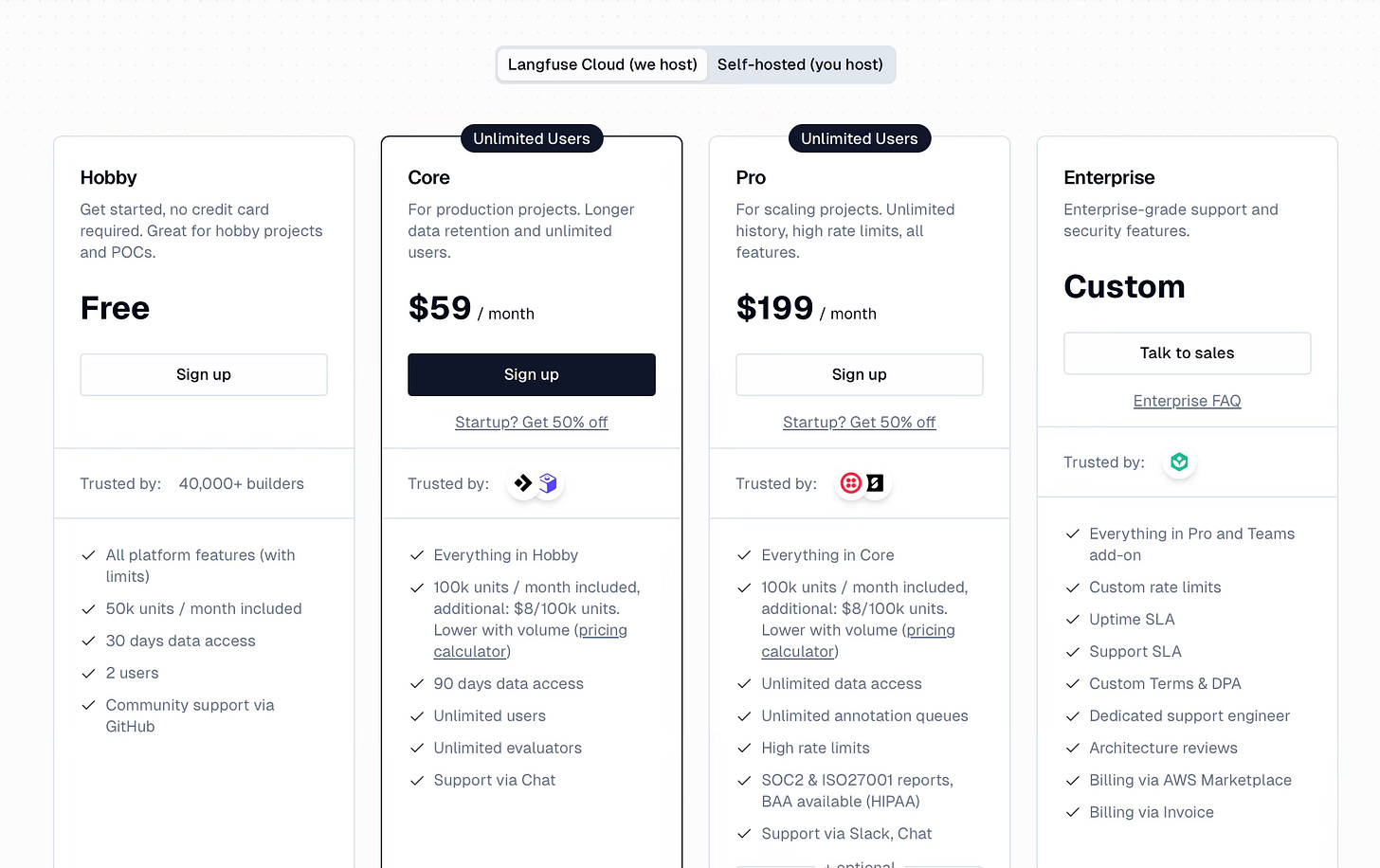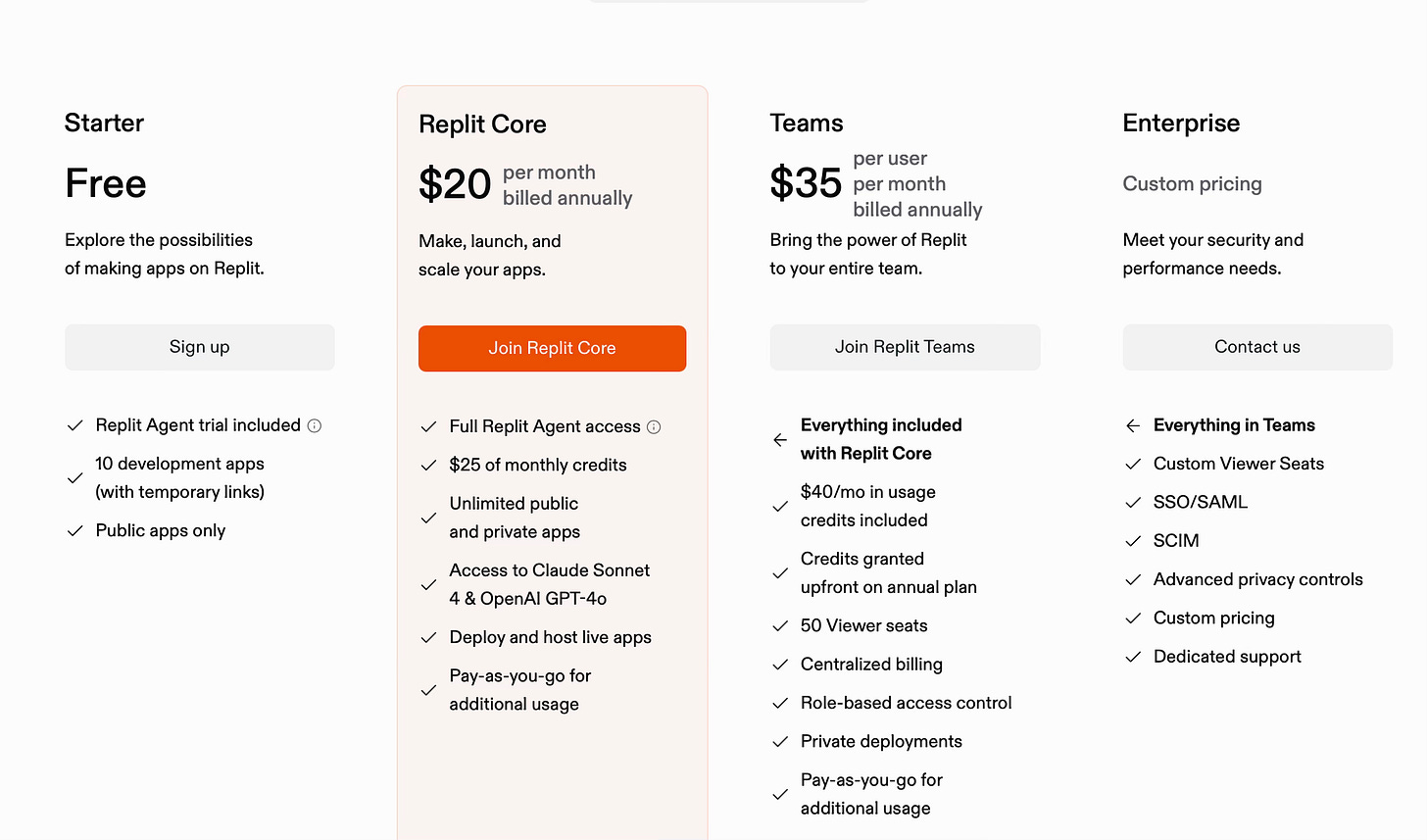Pricing Playbook for Products That Could Be Forked Tomorrow
AI changes the pricing game. Compute is expensive. Features are easy to copy. And “free forever” is not a business model - it’s an infrastructure burn wrapped in a false sense of traction.
If you’re building in public, shipping fast, and winning developer love - good. But let’s be honest: your pricing page is either an afterthought, a clone of someone else’s, or still a Google Doc with “TBD” in red text. And if you’re open-source? You might be giving away your moat before you’ve even built a business.
AI changes the pricing game. Compute is expensive. Features are easy to copy. And “free forever” is not a business model - it’s an infrastructure burn wrapped in a false sense of traction.
I’ve worked with early-stage teams across different pricing motions - some PLG-first, some API-based, some open-core. And here’s the pattern that keeps coming up: the pricing model you pick in the early days doesn’t just shape your revenue—it shapes your runway, your roadmap, and your reputation with buyers.
Especially if you’re playing in the AI or developer tooling space, where copying functionality is trivial and infra costs rack up before your Stripe account does.
More than once, I’ve seen open-source become a trap. A team gives away too much for adoption, and when it’s time to sell into enterprise, they realize those companies are already using the free version—and have zero interest in paying for “upgrades” they’ve already hacked around.
That’s not a GTM problem. That’s a pricing blind spot.
If you’re not thinking about monetization from day one, you’re not building a product—you’re subsidizing someone else’s.
The good news? You’re not stuck.
Pricing isn’t a one-time bet—it’s a lever you get to design, test, and evolve. But it has to be intentional.
You can’t just copy Stripe’s tiers, slap on “Pro” and “Enterprise,” and call it a day. (Unless your business model is confusion.)
What follows isn’t a pricing formula. It’s a stack of real strategies I’ve seen work—especially for teams building in the wild world of PLG, AI, and open-source. Pick what fits. Combine where it clicks. And if all else fails, at least you’ll have a better plan than “We’ll figure it out after Series A.”
10 Pricing Strategies That Don’t Suck (Even If You’re Open Source, PLG, or Shipping AI Wrappers)
Pricing isn’t just about revenue. It’s positioning. It’s funnel design. It’s survivability. And in the AI era, where copycats move faster than your Notion updates, you need pricing that does more than look good in a pitch deck.
Here are strategies that can actually work—especially for founders juggling open-source traction, PLG growth, and high infra costs.
Let’s go deeper into the first three, because they’re often the deciding factor between “dev love” and “burnout at scale.”
Share this post with a founder or dev team still figuring out their pricing strategy.
1. Infra-Tiered Pricing
💡 TL;DR: Price based on what actually costs you money - tokens, GPU time, API calls, minutes of video generated.
It’s not sexy, but it’s sustainable. You don’t need to explain features - you just need to not go broke.
🔍 What this solves:
Prevents free users from tanking your infra bill
Aligns pricing with real usage (and value delivered)
Lets you be generous without being reckless
🧪 Real Example (OpenAI):
You get a few dollars of free usage.
After that? You pay by token, per model tier.
No confusion. No surprises. Just: use more → pay more.
[OpenAI’s pricing page with GPT-3.5 vs GPT-4 token tiers]
🧠 Pro Tip:
Don’t charge for features. Charge for the output. If your user sends 2M tokens through your orchestrator, that is the moment of value.
2.Feature vs Control Split
💡 TL;DR: Open-source the engine. Monetize the dashboard, monitoring, role controls, alerts—anything a team needs to stay sane.
🔍 What this solves:
Devs get to explore and use your tool freely
Teams, companies, and enterprise buyers still have reasons to upgrade
You don’t have to cripple your OSS to monetize
🧪 Real Example (Langfuse):
OSS covers core LLM observability logic
Hosted version adds role-based access, dashboards, team workflows
Paid tiers kick in for collaboration and scale
Check out Langfuse pricing page showing open-core vs hosted features
🧠 Pro Tip:
Don’t put login buttons behind the paywall—put control behind the paywall. Give usage. Charge for governance.
3. Dev Team vs Org-Based Plans
💡 TL;DR: Not every user is worth the same. Solo devs ≠ startup teams ≠ enterprise security buyers. Don’t price them like they are.
🔍 What this solves:
Reduces friction for early adoption
Encourages small team upgrades organically
Creates logical upgrade moments without sales calls
🧪 Real Example (Replit):
Solo devs build for free
Add team features? Need a Pro or Team plan
Seamless growth from individual → team → org
Screenshot: Replit’s pricing table
🧠 Pro Tip:
Set limits by project, collaborators, or integrations—not just usage. Most users don’t care about tokens, but they do notice when they hit “Add Member” and can’t.
Should I start with a free plan or go premium from day one?
In my experience: if you’re building a technical product—especially in devtools, infra, or AI - you do need to give some stuff away. But not because freemium is trendy. Because awareness is expensive, and distribution is brutal. Free earns you usage. Usage earns you feedback. And feedback earns you credibility.
But here’s the catch: free can’t be forever. And it definitely shouldn’t be everything.
The smartest early-stage teams I’ve worked with treat “free” like a channel, not a pricing model. They make sure what’s free is:
✂️ Trimmable later (no core infra costs or entitlements you’ll regret)
🎯 Targeted at the right persona (not random tire-kickers)
🚪 Directional toward conversion (with natural upgrade moments)
For example: you might give away self-hosted access or a basic agent config builder—but gate the hosted control plane, team collaboration, premium model access, or enterprise integrations.
Think of your free tier as top-of-funnel UX, not a gift. It should earn its keep by qualifying users, teaching them your value, and pointing them toward the plan that actually pays your GPU bill.
Each strategy includes:
🎯 Who it works for
🧪 Detailed real-life use case
📸 Visual example with screenshot prompt
🧠 Includes: Notion pricing planner, AI calculator sheet, OSS monetization matrix, and more.
Keep reading with a 7-day free trial
Subscribe to Prompt This. to keep reading this post and get 7 days of free access to the full post archives.





